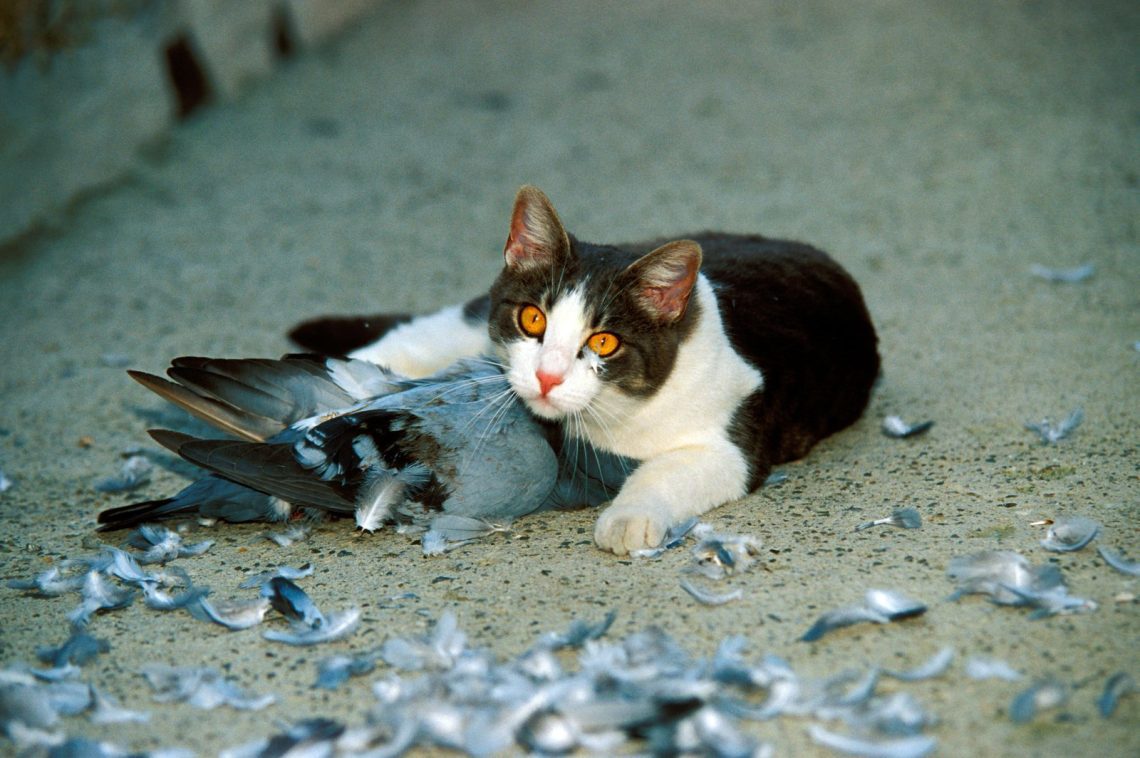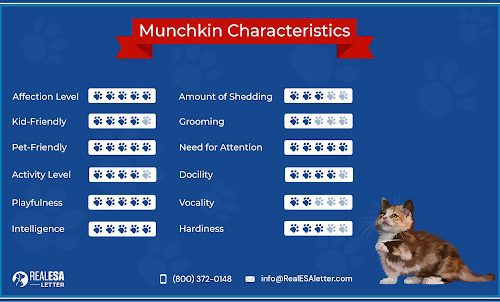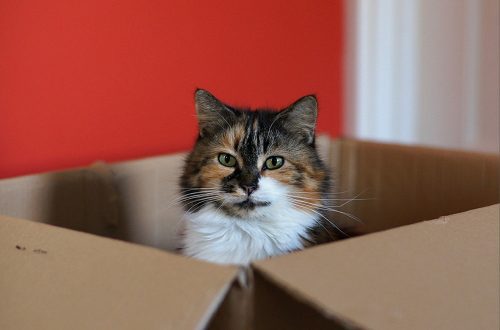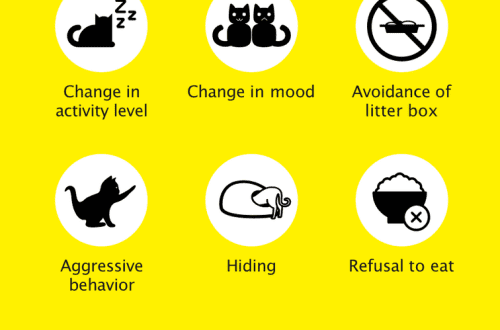
Köttur er betri heima eða á götunni: hvað segja vísindamenn?
Most experts agree that cats that live exclusively at home are healthier and live longer, as they are protected from the risks associated with walking. However, there are also risk factors for indoor cats that need to be considered.
What dangers await cats at home and on the street?
Animal welfare charity The Blue Cross conducted a study which found that the hazards to which domestic cats are exposed (falls from balconies and windows, burns in the kitchen, and access to cleaning and detergents, and therefore the risk poisoning) is the second most common reason why kittens and puppies end up in veterinary clinics. Another study (Buffington, 2002) lists the dangers that cats are exposed to both indoors and outdoors.
| Dangers for cats at home | Outdoor dangers for cats |
| Urolithiasis hjá köttum | Infectious diseases (viral, parasitic, etc.) |
| Odontoblastic resorptive lesions in cats | Risk of being hit by a car |
| Ofstarfsemi skjaldkirtils | Other accidents (for example, falling from a tree). |
| Offita | Berst við aðra ketti |
| Household risks (including poisoning, burns and other accidents) | Attacks by dogs and other animals |
| Behavior problems (for example, uncleanliness). | Eitrun |
| Leiðindi | þjófnaður |
| Lítil virkni | Risk of getting lost |
However, the difficulty in conducting such studies is associated with the presence of many conflicting factors and interactions. For example, purebred cats are much more likely to live exclusively in the house, at the same time they may have a predisposition to a number of diseases, and they may also be treated differently than their purebred relatives.
However, it is safe to say that the main risk associated with keeping cats within four walls is due to the impoverished environment and the lack of diversity, as a result, cats experience boredom and the associated stress. Lack of activity leads to obesity and other problems. Many behaviors, such as scratching or marking, are perfectly normal outdoors, but become a problem if the cat is scratching furniture or marking houses.
Hvað á að gera?
Independent walks are a huge risk to the life and health of cats, that’s a fact. Therefore, if the owner is not able to provide safe walking, it is necessary to minimize the risks of “confinement in four walls”.
Cats are quite capable of adapting to life exclusively at home, especially if they have lived like this since childhood. And older cats and disabled cats are better kept exclusively at home. However, be aware that outdoor cats may have difficulty adapting to indoor life, especially if they enter the house as adults (Hubrecht and Turner, 1998).
The increase in the number of cats being kept as pets is in many cases due to the idea that cats do not need to be walked and that they can live in a small room and be content with a litter box. However, in order to minimize the risks associated with keeping a cat at home, it is necessary to provide the cat with 5 freedoms.
Indoor cats need more attention from the owner than outdoor cats. This can be explained by the fact that such cats need additional stimulation, as they live in a poorer environment (Turner and Stammbach-Geering, 1990). And the task of the owner is to create an enriched environment for the purr.
If you decide to provide a cat with access to the street, make sure that it is safe for both herself and other animals. For example, you can equip your garden with a safe corner for walking a cat, from where she cannot escape, or walk her on a leash.







